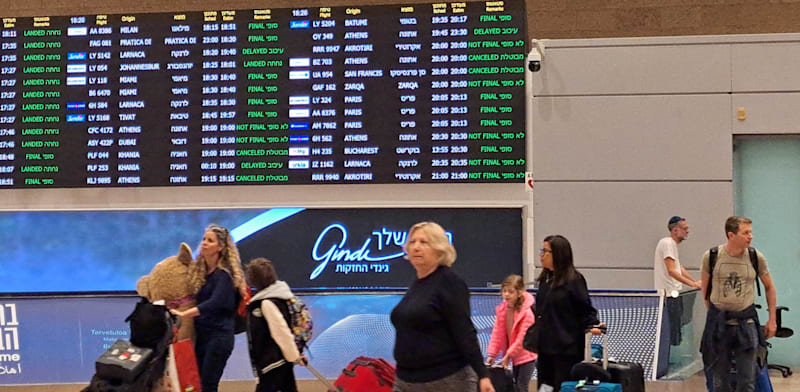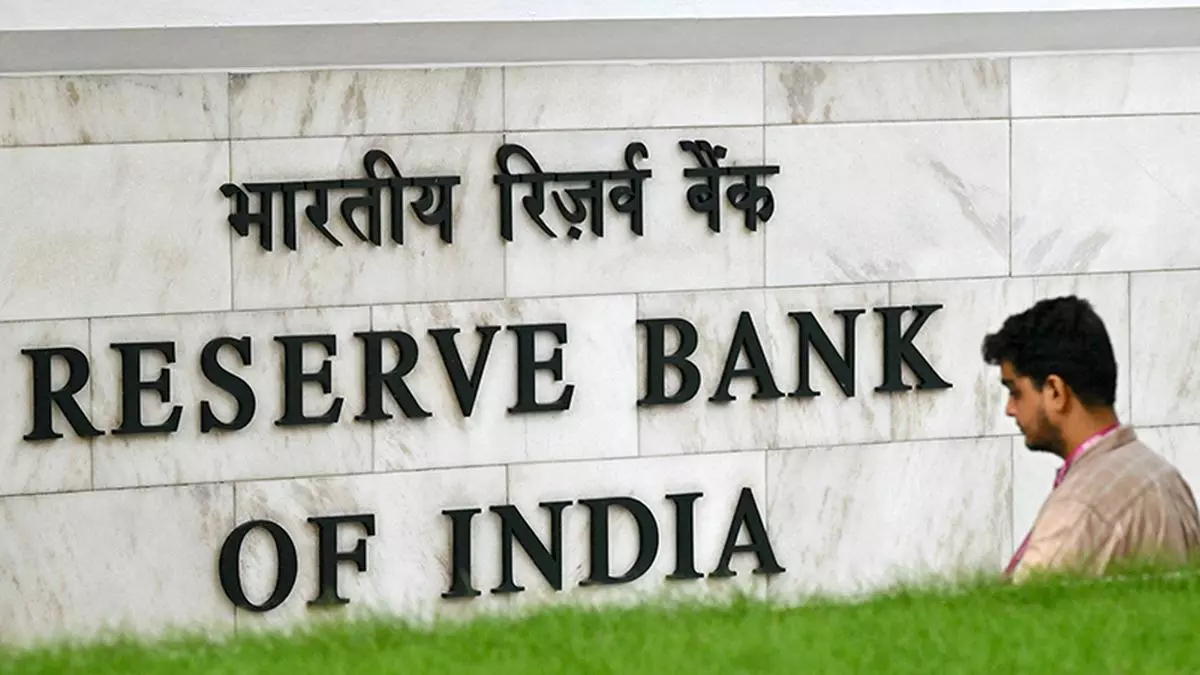
HOUSING PRICES nationwide declined in the third quarter, the first contraction in over three years, data from the Bangko Sentral ng Pilipinas (BSP) showed.
The Residential Real Estate Price Index (RREPI) fell by 2.3% year on year in the July-to-September period. This was a reversal of the 2.7% growth in the second quarter and 12.9% expansion in the same period a year ago.
This was also the first time the RREPI posted a decline since the 9.4% drop recorded in the second quarter of 2021.
The RREPI tracks the average price changes of residential properties across different housing types and locations. The data provide the BSP with insights as it monitors the banking sector’s exposure to the residential property sector.
Central bank data showed that the prices of condominium units fell by an annual 9.4%, a reversal of the 10.6% growth in the previous quarter and 8.3% rise a year ago.
Prices of duplex units plunged by 48.1% in the third quarter, reversing the 27.1% growth in the second quarter and 57.7% expansion in the same period a year ago.
On the other hand, prices of single-detached/attached houses rose by 2.9% in the third quarter, faster than 1.7% in the previous quarter but much slower than the 16.8% growth a year ago.
Prices of townhouses inched up by 0.7% in the July-to-September period, a turnaround from the 0.8% drop in the second quarter. However, it eased from the 9.3% expansion in the year-ago period.
Data from the BSP showed residential property prices in the National Capital Region (NCR) fell by 14.6% in the third quarter, worse than the 1% drop in the second quarter and the 12.3% growth last year.
On the other hand, residential property prices in areas outside NCR (AONCR) went up by 3% in the period ending September, easing from 4.2% and 14.3% in the second quarter and the comparable year-ago period, respectively.
In the third quarter, residential real estate loans granted for all types of new housing units declined by 15.7% year on year.
“Specifically, loans granted in the NCR and AONCR decreased by 20.3% and 13%, respectively,” the central bank said.
“Notably, the double-digit year-on-year contraction in residential real estate loans in the Philippines, NCR, and AONCR in the third quarter of 2024 was significant, yet not as severe as the decline in housing loan availment observed during the pandemic, which began in the second quarter of 2020.”
BSP data also showed the average appraised value of new housing units in the Philippines stood at P86,417 per square meter (sq.m.) in the third quarter.
The average appraised value in NCR was P135,076 per sq.m., while the average appraised value in areas outside of NCR stood at P60,804 per sq.m.
Rizal Commercial Banking Corp. Chief Economist Michael L. Ricafort said that relatively higher land prices and lease rates weighed on demand and led to a correction in residential real estate prices.
Separate BSP data showed that the exposure of banks and trust entities to the property sector dipped to 19.55% at end-September from 19.92% at end-June and from 20.55% at the end of September in 2023.
This was also the lowest real estate exposure ratio recorded in five years or since the 19.5% as of September 2019.
“The latest decline could have been largely brought about the Philippine Offshore Gaming Operators (POGO) ban that led to the pullout of POGO operations that led to higher vacancies and more supply of residential real estate condominium units,” Mr. Ricafort said.
“As a result, prices and leases went down as the POGO ban effective Dec. 31 drew closer,” he added.
In a recent report, Colliers said that the Metro Manila pre-selling condominium segment “continues to see lengthened remaining inventory life.”
“This has been compelling developers to take a more cautious stance and temper new launches in the capital region,” it said.
For next year, Colliers said it expects prices to grow at a faster pace than rents. This will be mainly driven by “sustained demand for upscale to luxury condominium units across Metro Manila.”
“Colliers sees the elevated vacancy likely resulting in a snail-paced growth in rents and prices. From 2024 to 2026, we project a rental and price recovery of between 2% and 2.5%,” it said.
“We expect rents and prices to return to pre-COVID levels by Q2 2028 and Q3 2029, respectively. The POGO sector is no longer a major driver of office space demand in Metro Manila and its impact is spilling over to the condominium market.” — Luisa Maria Jacinta C. Jocson








Leave a Comment